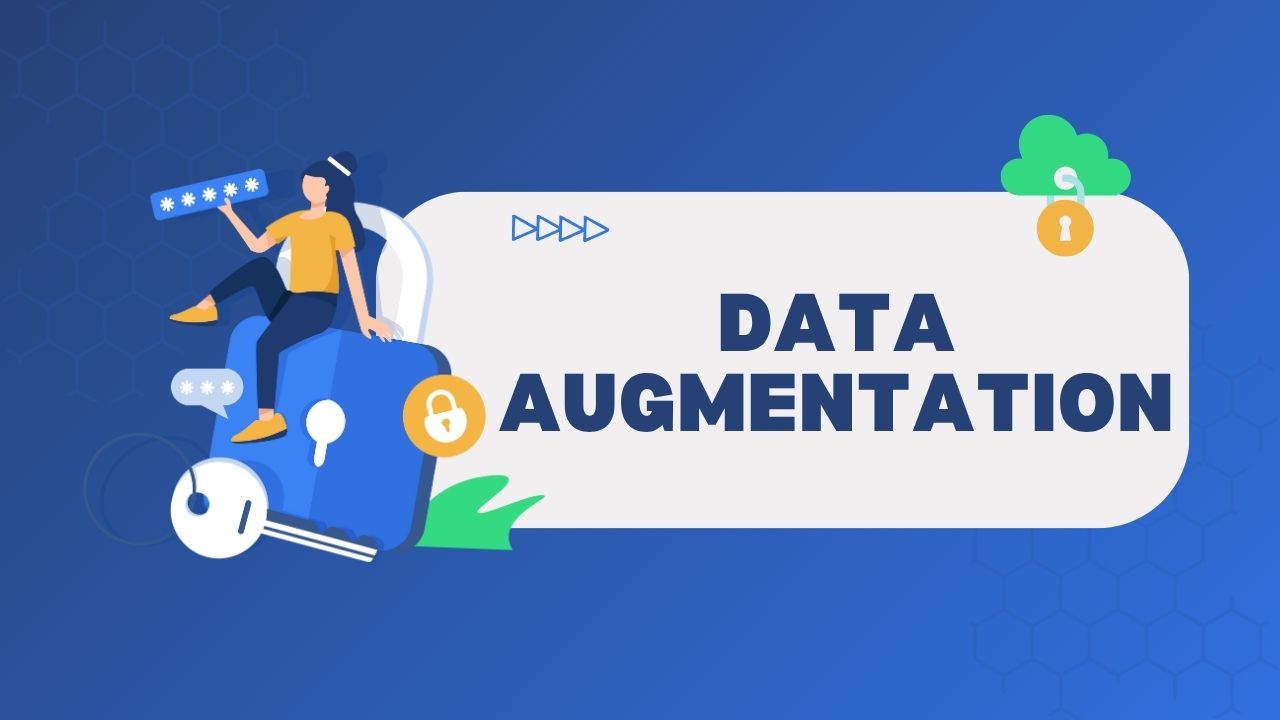If you’ve ever worked with AI models for text processing, you know one thing: Data is everything.
Machine learning models need data. Lots of it. Without enough examples, they struggle. They misinterpret sentences, miss sarcasm, or fail when faced with variations of the same question.
Here, data augmentation brings a simple yet effective solution. Instead of collecting new data, you modify what you have. It helps by generating variations of existing text, making models more robust. And while operating with deep learning models, this trick is even more important. So, let’s break it down.
What Is Data Augmentation?
In simple terms, data augmentation is the process of creating modified versions of existing data to increase dataset size and diversity. In NLP, this means generating new text samples from existing ones while keeping the meaning intact.
This technique is common in image processing, where flipping, rotating, or changing brightness enhances datasets. But in NLP, things get tricky. Changing words or sentence structures can completely alter the meaning, so augmentation must be done carefully.
Why Data Augmentation in Deep Learning is Important?
Deep learning models require vast amounts of data. Without it, they overfit, meaning they memorise examples instead of understanding language. More diverse data makes models:
- Better at understanding different writing styles
- Less likely to get confused by unseen words or phrases
- Stronger in handling real-world variations of language
For example, chatbots trained with limited data may fail when users phrase questions differently. With data augmentation in deep learning, they become more adaptable.
Video 1: Introduction to Deep Learning
Why Data Augmentation Matters in NLP
Text data is messy. You have spelling mistakes, different ways to say the same thing, and context that machines don’t always get.
Data augmentation fixes this by artificially expanding the dataset. The more diverse the training data, the better the model understands real-world language.
Video 2: Begin with the Basics of NLP
Data Augmentation Techniques in NLP
NLP has different methods to generate more training data. Each method has its pros and cons.
Synonym replacement:
- Swap some words with synonyms while keeping the sentence’s meaning.
- Works well for simple sentences but can fail with complex meanings
Back translation:
- Translate a sentence to another language and back.
- Useful for generating natural variations without random word swaps
Random word insertion:
- Pick a word from the sentence and insert it somewhere else.
- Helps add more natural-looking variations.
Random word deletion:
- Remove a word at random to see if the sentence still makes sense.
- Good for making models learn context
Sentence shuffling:
- Change the order of sentences in a paragraph.
- Helps models deal with flexible word order in languages
Comparison of Different Data Augmentation Techniques
| Technique | Complexity | Effectiveness |
| Synonym replacement | Low | Moderate |
| Back translation | High | High |
| Random insertion | Low | Low |
| Word order shuffling | Medium | Moderate |
| Sentence paraphrasing | High | Very high |
If you are planning to work with data augmentation techniques, formal training makes things easier. Institutions like IIT Guwahati offer generative AI courses that dive deep into these topics.
Getting Started with Data Augmentation
If you are ready to get hands-on with data augmentation, you will need some tools. Here are a few great ones to check out:
- NLTK (Natural Language Toolkit): Great for text preprocessing
- spaCy: Fast and efficient NLP library
- TextAttack: Specialised for adversarial text augmentation
- BackTranslation API: Automates the back translation process
Where to Learn About Data Augmentation in NLP?
Theoretical knowledge is useful, but real-world projects take things further. If you want to upskill your NLP knowledge, save you years of trial and error with courses like:
- Machine Learning And Artificial Intelligence
- Data Science And Analytics
- Generative AI in Association with E&ICT Academy, IIT Guwahati
Industries Benefiting from Data Augmentation
Once you upgrade your knowledge of data augmentation in NLP, you can easily apply for high-paying jobs. Companies across various industries use this within their systems and hire professionals for data augmentation.
| Industry | Application |
| Healthcare | Medical chatbots, report automation |
| E-commerce | Product recommendation, customer support |
| Finance | Fraud detection, sentiment analysis |
| Education | Automated grading, personalised learning |
Shape your future career with expert guidance!
Conclusion
For anyone working with NLP, understanding data augmentation techniques is essential. Whether you are a student, researcher, or developer, this skill can take your work to another level.
Moreover, to build a career in NLP and deep learning, now is the time to invest in learning. The right knowledge can lead you to roles and future-proof your skills in a rapidly changing world.
So, go ahead, learn, experiment, and make your mark in AI.
FAQs
- How does back translation help in data augmentation?
The back translation technique generates natural variations of sentences while keeping the original meaning intact.
- Can data augmentation introduce errors?
Yes, if not done properly, data augmentation can change sentence meaning or add irrelevant variations.
- Is data augmentation necessary for large datasets?
Even large datasets benefit from added variations for better model generalisation. The more you train the data, the better.
- What challenges exist in data augmentation for NLP?
You can find some challenges in data augmentation for NLP, such as maintaining meaning, avoiding bias, ensuring fluency, etc.
- Can data augmentation replace data collection?
No. Data augmentation can only supplement existing data but cannot fully replace real-world data collection.
- Can data augmentation be applied to low-resource languages?
Yes. It is especially useful for languages with limited datasets, as it artificially increases the volume of training data.
- How often should data augmentation be applied?
It depends on the size of your dataset. For small datasets, frequent augmentation helps prevent overfitting.

